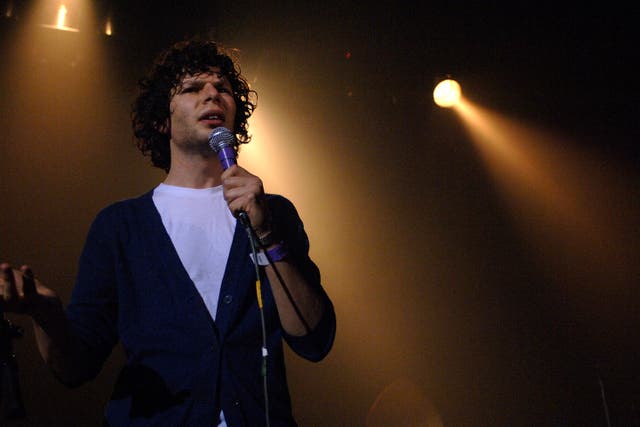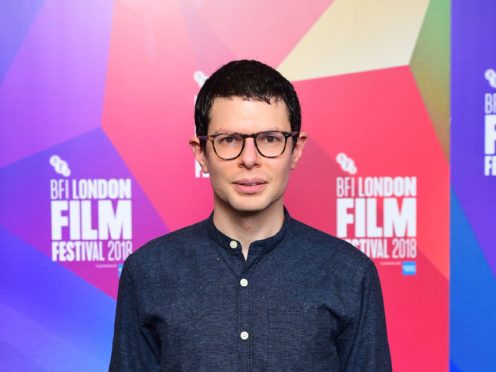Simon Amstell has said he felt like he had to lie about who he was for eight years because he feared being gay would ruin his life.
The comedian revealed he hid his sexuality for many years, and doing so made him feel very alone.
In the A Letter To My Younger Self feature in The Big Issue magazine, Amstell said: “I think everything I have ever done has been an attempt to reach a hand out to my teenage self and tell him he is OK.
“As a teenager, I found a lot of courage through people on the television being funny or subversive. I felt that in the television there was safety, there was a place where you could be entirely yourself and be celebrated rather than put in prison.”

He added: “I had to lie about who I was between the ages of 13 and 21. Or I felt I did. Because I liked boys.
“I felt very alone, I didn’t think it was possible to like boys without ruining my entire life.
“I went to Paris on my own when I was 18 to kiss somebody and see if I really did like boys.
“It is a romantic notion, but didn’t feel like that at the time. It felt like the desperate act of a terrified child. Only recently did I think about how brave that teenager was.
“Whether I am doing stand-up or writing a film, it is trying to figure out what is, or was, wrong with me.
hello. this is the trailer for benjamin. coming soon to a cinema near you. thank you. https://t.co/yyevqRzYcr
— Simon Amstell (@SimonAmstell) February 9, 2019
“I wrote my new film Benjamin to figure out what happened in my 20s. When I finished, it felt like I had shot my 20s out of me and I understood my younger self. A kind of healing happens.
“What my younger self would be most thrilled about is that I am creatively free and I have a boyfriend.
“He would wonder how that is possible: You have a boyfriend, in real life, living with you? Good for you! And he’s hot? He would be really pleased having felt so troubled and ashamed and alone.”
Amstell’s film Benjamin is released on March 15. The Big Issue, sold by vendors to lift themselves out of poverty, is out now.
